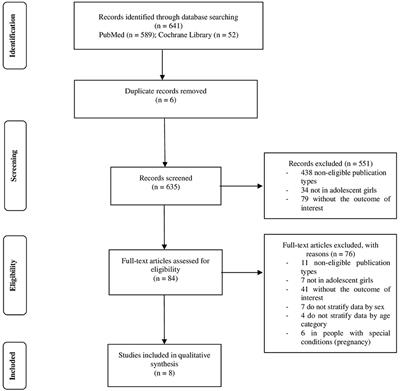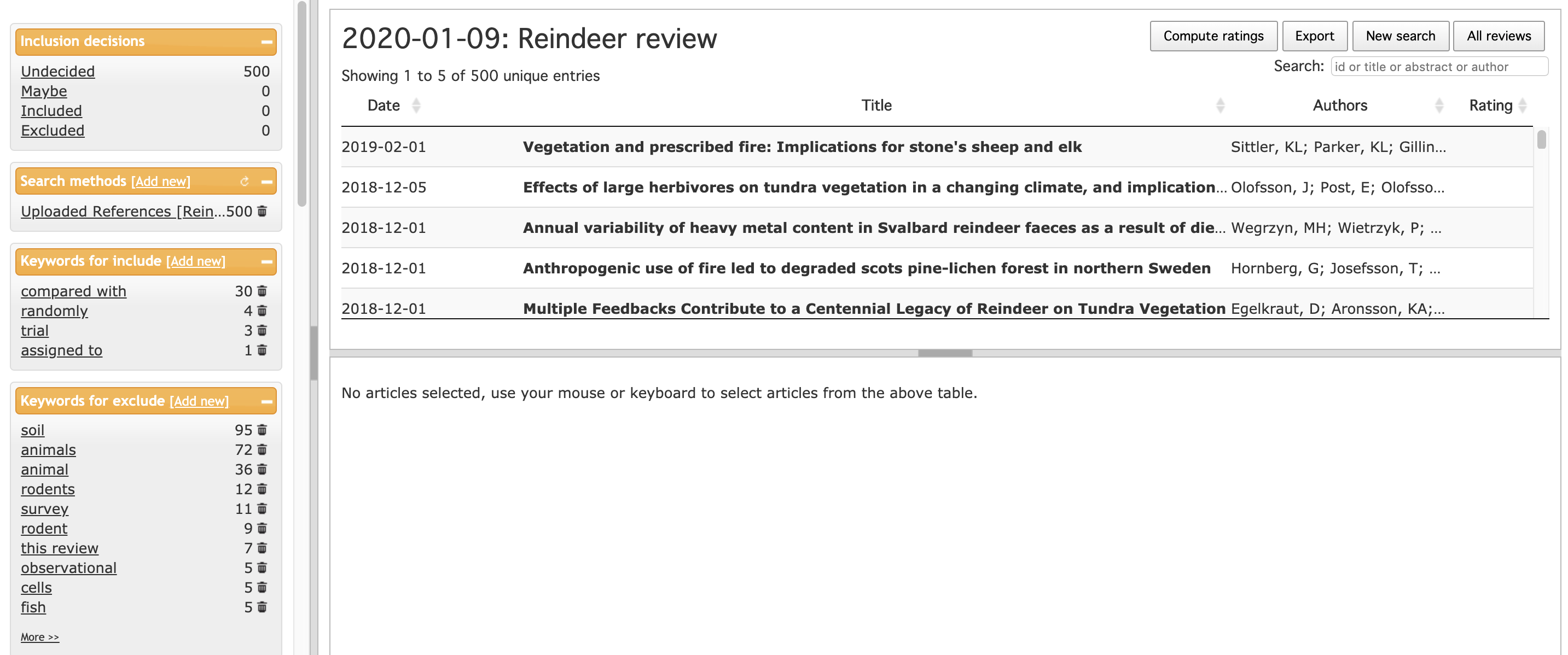

At the top of that pop-up screen, change "Fields Used By" to "Screening View" or the name you chose when creating the output style.Do this by clicking on the pencil icon in the top right corner of a reference to edit. Last you will want to activate that output style you've created and made available.Change the first Output Style Choices for Reference View to "Screening View" or the name you chose when creating the output style. Next, go to "Customize" in the top right corner.Journal article was most important, but feel free to also change other reference types to make screening easier.Add fields that you will need during screening (abstract, names of your screeners) by selecting them in the left box and pressing the green arrow pointing right.Remove fields that will get in the way during screening (volume number, pages, authors, and more) by selecting them in the right box and pressing the green arrow pointing left.In the new window, next to Reference Type, choose "Journal Article.".Next to Name, type something like "Screening View," and, in the bottom right corner, press "Save As," then "Edit.".Select a style - it doesn't matter which.Click "Bibliography" in the top menu and select "Output Style Editor.".The Processing folder can be helpful for making sure you've processed all content before screeners begin. The Other folder serves to keep items not part of the systematic review but could be used for other things (e.g., example systematic reviews or articles to go in the background section).

I also like to make folders titled "Other" and "Processing." These are optional.To add folders for stages: Click "New Folder" near the top.

Then change Show Option for Global Edit of Electronic Source Related Fields After Import to "Yes."


 0 kommentar(er)
0 kommentar(er)
